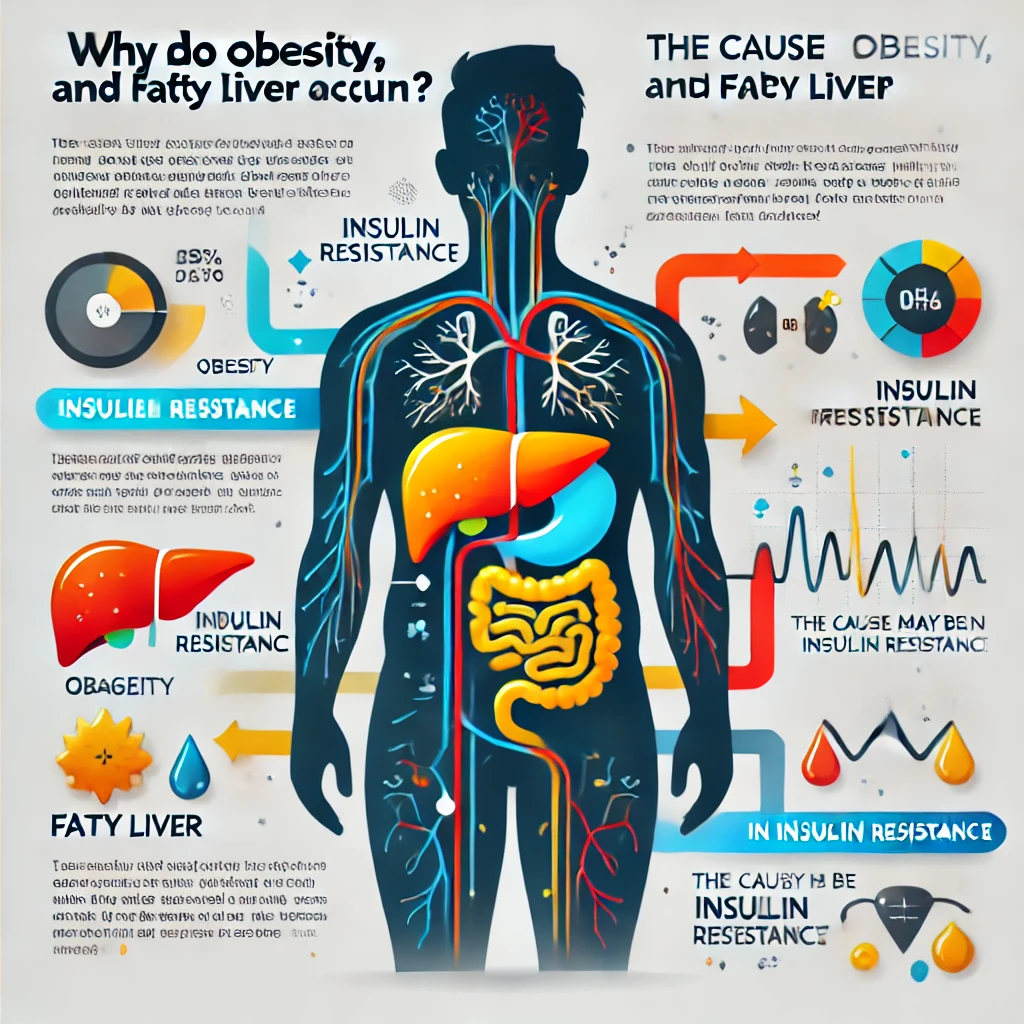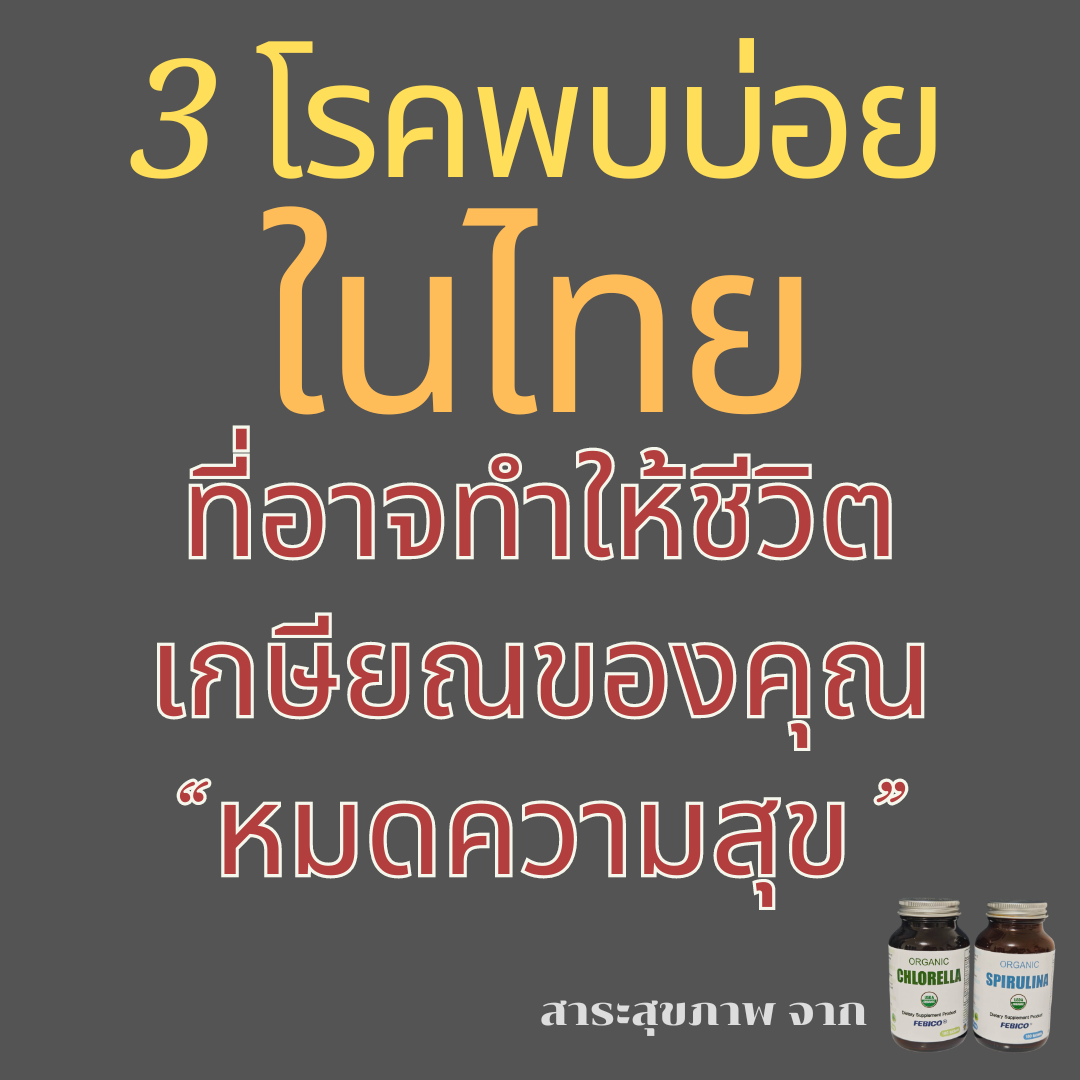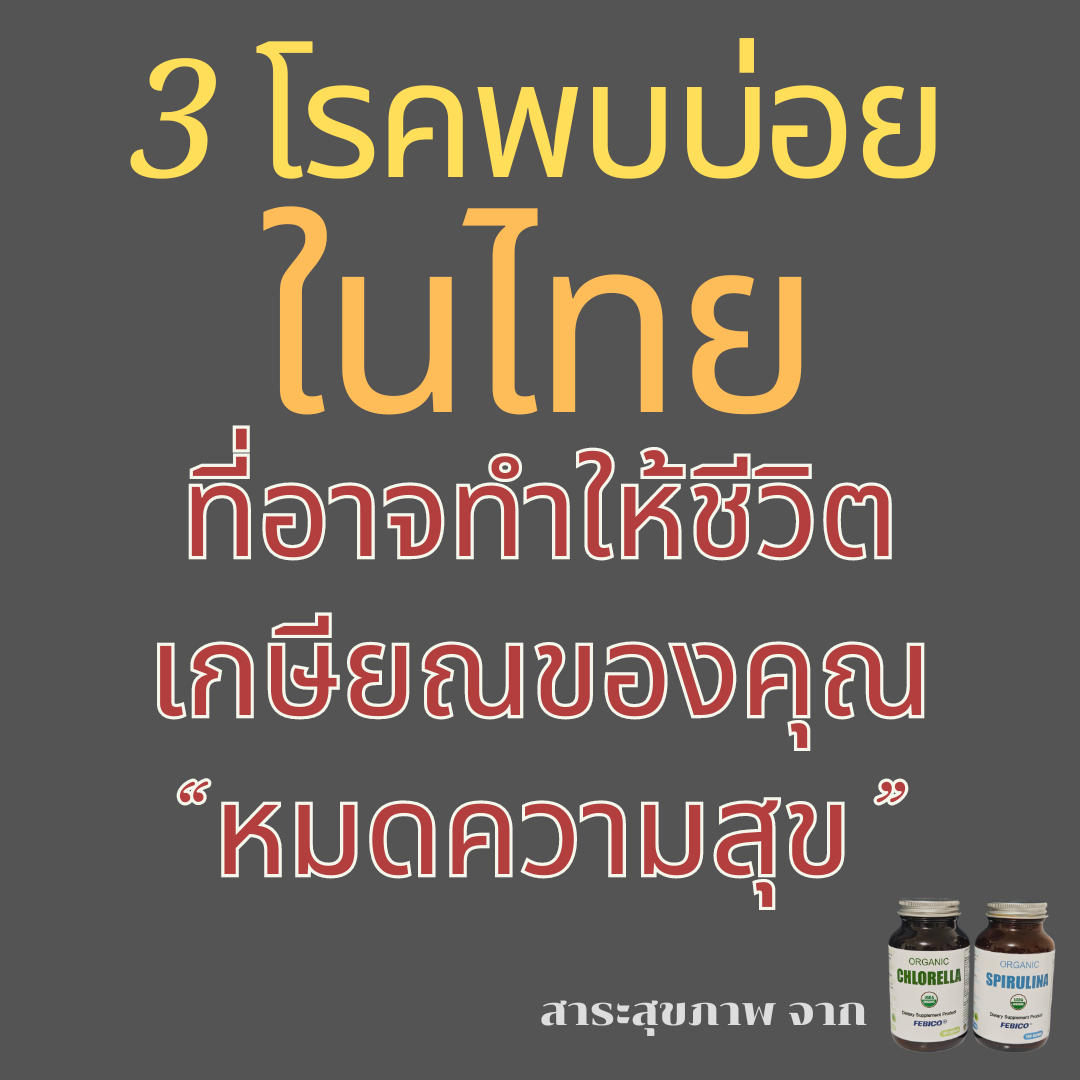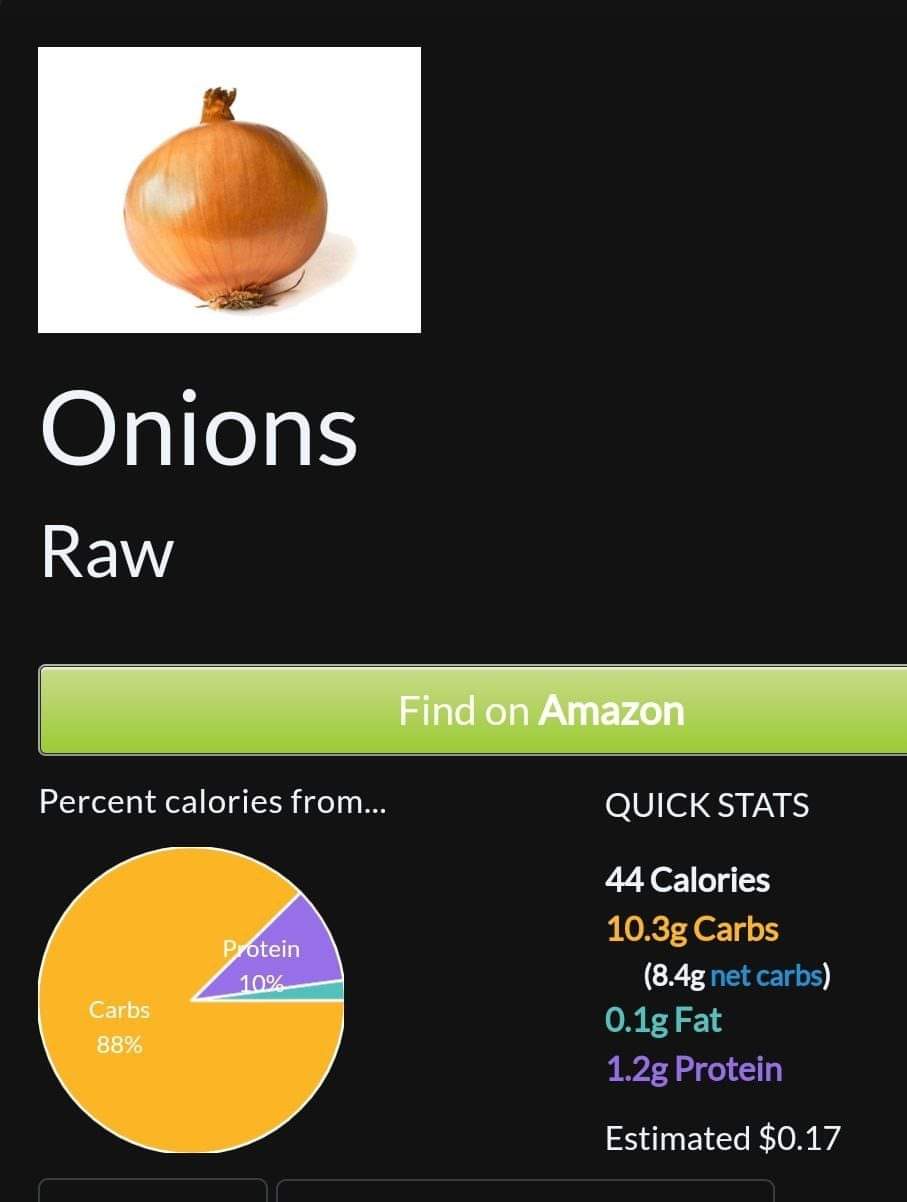Person-First Language vs. Identity-First Language: Which Should You Use?
There’s a term for choosing to say people with disabilities instead of disabled people, and vice versa. People with disabilities is an example of what’s called person-first language, while terms like disabled people are sometimes called identity-first language.
Person-first language is widely encouraged in many contexts as a way to avoid defining a person solely by their disability, condition, or physical difference. However, not everyone prefers it. Some people instead prefer identity-first language as a way of emphasizing what they consider an important part of their identity.
In this article, we’ll:
Define person-first language and identity-first language in detail.
Provide several examples of each in many of the different contexts in which they’re used, including for people who are autistic, blind, deaf, and those who have other disabilities, medical conditions (including mental health conditions), and bodily differences.
Discuss the varying preferences for such language and some of the reasons behind those preferences.
Explain how approaches can differ based on whether you know a person’s specific disability or condition or whether you’re referring to an individual or a community of people.
Quick summary
Person-first language introduces a person before any description of them. Examples include person with a disability, patient with cancer, and child who has cerebral palsy. Person-first language is intended to emphasize the fullness of a person and to avoid defining them exclusively by their disability or condition. Identity-first language involves stating a descriptor of a person first, as in autistic person and blind child. This is often done with the idea that the characteristic in question is an integral part of a person’s identity and community membership and should be emphasized rather than minimized.
Person-first language is preferred and encouraged in many contexts, especially medical care. However, some people prefer identity-first language—notably many members of the blind, deaf, and autistic communities. Still, preferences around such approaches vary widely, even among people within the same community. The best approach is always to respect people’s choices about the language they use for themselves.
First, a note about disabled and disability
First and foremost, remember that in many cases it’s not relevant or necessary to discuss or point out a person’s disability at all. Regardless of what language preferences people have, every person wants to be treated as just that—a person (which is one of the motivating ideas behind person-first language). However, that doesn’t mean that disability is inherently negative, unmentionable, or something that must be politely ignored (which are some of the notions that identity-first language pushes back on).
When discussion of a disability or other condition is pertinent, it is often preferable to name the person’s specific disability or condition, such as paraplegia or diabetes. However, when addressing an issue that affects a larger community of people—for example, when discussing accessibility in the workplace—disabled and disability are often the preferred terms. Our new usage notes within the entries for these terms reflect this. (Some people object to the terms disabled and disability in and of themselves, but that won’t be the focus of this article, nor will other, more specific terms that are now considered outdated and offensive.)
What is person-first language?
The term person-first language refers to wording that introduces a person first and then follows with a descriptor in relation to a disability, medical condition (including mental health conditions), or other physical or cognitive difference. Person-first language often literally uses the word person (or persons or people) as the first part of referring to someone, as in person with a disability or people with dwarfism. Of course, the term that refers to the person is often more specific, such as child, adult, patient, or a term specifying a person’s nationality. Such terms can also be used in identity-first language, which will be discussed in the next section. (Person-first language is not to be confused with the grammatical and literary term first person, which is the point of view in which a speaker or writer refers to themself: I, me, we, and us are first-person pronouns.)
Person-first language is used in many different contexts, including disability, medical conditions and diseases, physical and cognitive differences, and addiction and substance use, among others.
The intent of person-first language is often understood as being to acknowledge a person as a full, complex individual. This is done to avoid defining them solely by their disability, condition, or physical or mental attributes, which can have the effect of dehumanizing them, creating negative stigmas, or producing the false assumption that a disability or condition affects all people in the same way.
Promotion of person-first language is often traced back to the People First Movement that began in the late 1960s. Person-first language became more widespread in the 1990s. Awareness and use of it is thought to have increased in part as a result of the 1990 Americans with Disabilities Act (ADA), a landmark piece of federal legislation that, among many other changes, established such language as the preferred wording in many government documents and communications (a preference that continues today).
Person-first language has largely become the preferred approach in medical contexts. Major health organizations, such as the World Health Organization and the US Centers for Disease Control and Prevention, use and state preferences for person-first language, as do the style guides of the American Medical Association and the American Psychological Association. However, many style guides also emphasize that a person’s personal preference should always come first. Still, many people strongly prefer identity-first language.
What is identity-first language?
The term identity-first language refers to wording about a person that leads with a description of them in the context of a disability, medical conditions (including mental health conditions), or other physical or cognitive difference. Examples include terms like deaf person, blind person, and autistic person.
Such labels are sometimes considered offensive due to emphasizing a characteristic as if it’s all that matters about the person. However, some people prefer such terms because they consider the characteristic being referred to as an inseparable part of their identity—hence the use of the word identity in the term.
By those who prefer it when referring to themselves, identity-first language is often considered a way to show pride in who they are and their membership in a community of like people.
This is especially the case in the context of disability. In this context, identity-first language is often viewed as functioning to center a person’s disability, in contrast with the approach of person-first language, which is sometimes interpreted as minimizing such characteristics out of the assumption that they are inherently negative. Notably, significant portions of the deaf, blind, and autistic communities prefer identity-first language. However, not everyone shares this preference.
Examples of person-first and identity-first language
In this section, we’ll provide side-by-side examples of person-first language and identity-first language along with notes about use and preferences. This is a collection of common examples grouped by context, not a comprehensive list of all possible terms.
Due to the nature of their construction, examples of person-first language are always multiple-word phrases, as in person with AIDS or individuals with disabilities.
Identity-first language also often consists of phrases, but some terms that may be considered examples of identity-first language are single words. For example, some people who have had limbs amputated prefer to be called amputees. Many such examples (single-word nouns used to refer to people) are now usually considered inappropriate and offensive, especially those once used in the context of mental health. Some will be discussed below.
Disability
In the general discussion of people with disabilities, person-first language is the most widely preferred approach. However, this preference is not universal.
person-first example: person with a disability
identity-first example: disabled person
person-first examples: person with paraplegia; person with quadriplegia
identity-first examples: When used as nouns to refer to people, terms like paraplegic and quadriplegic are now widely avoided, though some people may prefer them when referring to themselves.
person-first example: person with an intellectual disability; person with a cognitive disability
identity-first example: intellectually disabled person; cognitively disabled person. Such terms are now less commonly used, but may be preferred by some.
The autism spectrum
In the context of autism, there is significant, strong, and growing preference for identity-first language, despite some advocacy organizations historically recommending person-first language. Among those who prefer identity-first language, one commonly stated reason is that they consider autism a major part of their identity and not something to be ashamed of or treated as something that needs to be “cured.” Still, some people prefer person-first language.
person-first examples: a person with autism; an adult on the autism spectrum
identity-first examples: autistic person; autistic individual. The use of autistic as a noun is preferred by many as a way to refer to themselves, but is considered offensive by others.
Deafness
Identity-first language has also been largely embraced by the Deaf community. (The word Deaf is often capitalized when it’s used in reference to things related to Deaf culture.) Identity-first language is promoted by many major organizations, such as the National Association of the Deaf, the National Deaf Center, and the World Federation of the Deaf. Still, some people prefer person-first language.
person-first example: a person who is deaf
identity-first examples: deaf person; deaf Americans; Deaf community
Blindness
Though preferences vary, identity-first language is widely preferred and promoted by individuals and organizations in the blind community, including the National Federation of the Blind, the Royal National Institute of Blind People, and various state commissions for the blind and visually impaired.
person-first example: a person who is blind
identity-first examples: blind person; blind adult
Dwarfism and short stature
Organizations centered around people with dwarfism often use both person-first and identity-first terms. Preferences among individuals, of course, can vary.
person-first examples: a person who has dwarfism; people of short stature
identity-first examples: dwarf; little person
Additional medical and mental health contexts
Person-first language is now widely preferred and promoted in the context of medicine by medical professionals, organizations, and advocacy groups. Such language is intended to avoid equating patients with their diseases or conditions (such as with now avoided phrasings like cancer patient or AIDS patient), which research has shown can lead to stigmatization, overgeneralization, and worse health outcomes.
person-first examples: patient with AIDS; child with cancer; person with diabetes; person with epilepsy
identity-first examples: When used as nouns to refer to people, terms like diabetic and epileptic are now widely avoided, though some people may prefer them when referring to themselves.
Person-first language is now also widely preferred and promoted in the context of medical professionals who address mental health conditions. It is especially recommended to replace terms that use a condition as a noun to refer to someone (such as the noun uses of schizophrenic or bulimic) with person-first language.
person-first examples: a person with schizophrenia; a patient with psychosis; people with eating disorders
Other contexts
As with the wider field of medical care, person-first language is widely preferred in the context of drug and substance addiction, in which such terms are recommended to replace stigmatizing words like addict and alcoholic.
person-first examples: a person with alcohol use disorder; people with substance use disorders
For similar reasons, person-first language is also commonly used by organizations and advocates focused on suicide prevention. Such language is thought to help destigmatize the issue and emphasize a person’s humanity, rather than treating them as a statistic.
person-first examples: a person experiencing thoughts of suicide; people impacted by suicide
Collective terms
Collective terms for certain groups often fall under the classification of identity-first language. Examples include the blind, the deaf, and the disabled. While such terms are preferred by some (and used in the names of some major organizations), they are considered offensive by others who believe that such terms are a barrier to treating members of such groups as individuals.
Should I use person-first or identity-first language?
The answer to this question is that there is no single, permanent answer. Person-first and identity-first language continue to evolve, and preferences vary from person to person and differ among different communities and organizations.
In the context of medicine and mental health, person-first language is widely preferred and recommended, especially due to evidence that it contributes to better health outcomes and reduces stigmatization. Still, identity-first language may be preferred in certain situations or among people who consider their condition as an inseparable part of their identity.
Notably, many members of the blind, deaf, and autistic communities (among some others) now prefer and promote identity-first language, arguing that such characteristics are an integral part of their identities that should be proudly emphasized, not treated as negatives or limitations. Identity-first language is also sometimes favored due to emphasizing membership in a community.
Generally speaking, some people are fine with others referring to them with either person-first or identify-first language or a combination of both, as long as it is used respectfully. But many other people have strong preferences for one or the other, with valid reasons for each.
Many style guides recommend person-first language if you do not know someone’s preference, are unable to discover it, or are talking about a certain group generally. However, despite this recommendation, there is one consistent piece of advice that you will find among style guides and advocacy organizations: you should always respect the language that an individual personally uses.
Notably, the style guide of the National Center on Disability and Journalism, which in the past recommended person-first language as the default choice, now recommends making choices about wording on a case-by-case basis, stating that “no two people are the same—either with regard to disabilities or language preferences.”
You can always ask a person what type of phrasing they prefer. Remember that discussing a disability, condition, or other physical or intellectual difference is in many cases unnecessary. Most of the time, the first thing you should ask a person is their name.
Copyright 2024, XAKKHRA, All Rights Reserved.
Person-First Language vs. Identity-First Language: Which Should You Use?
There’s a term for choosing to say people with disabilities instead of disabled people, and vice versa. People with disabilities is an example of what’s called person-first language, while terms like disabled people are sometimes called identity-first language.
Person-first language is widely encouraged in many contexts as a way to avoid defining a person solely by their disability, condition, or physical difference. However, not everyone prefers it. Some people instead prefer identity-first language as a way of emphasizing what they consider an important part of their identity.
In this article, we’ll:
Define person-first language and identity-first language in detail.
Provide several examples of each in many of the different contexts in which they’re used, including for people who are autistic, blind, deaf, and those who have other disabilities, medical conditions (including mental health conditions), and bodily differences.
Discuss the varying preferences for such language and some of the reasons behind those preferences.
Explain how approaches can differ based on whether you know a person’s specific disability or condition or whether you’re referring to an individual or a community of people.
Quick summary
Person-first language introduces a person before any description of them. Examples include person with a disability, patient with cancer, and child who has cerebral palsy. Person-first language is intended to emphasize the fullness of a person and to avoid defining them exclusively by their disability or condition. Identity-first language involves stating a descriptor of a person first, as in autistic person and blind child. This is often done with the idea that the characteristic in question is an integral part of a person’s identity and community membership and should be emphasized rather than minimized.
Person-first language is preferred and encouraged in many contexts, especially medical care. However, some people prefer identity-first language—notably many members of the blind, deaf, and autistic communities. Still, preferences around such approaches vary widely, even among people within the same community. The best approach is always to respect people’s choices about the language they use for themselves.
First, a note about disabled and disability
First and foremost, remember that in many cases it’s not relevant or necessary to discuss or point out a person’s disability at all. Regardless of what language preferences people have, every person wants to be treated as just that—a person (which is one of the motivating ideas behind person-first language). However, that doesn’t mean that disability is inherently negative, unmentionable, or something that must be politely ignored (which are some of the notions that identity-first language pushes back on).
When discussion of a disability or other condition is pertinent, it is often preferable to name the person’s specific disability or condition, such as paraplegia or diabetes. However, when addressing an issue that affects a larger community of people—for example, when discussing accessibility in the workplace—disabled and disability are often the preferred terms. Our new usage notes within the entries for these terms reflect this. (Some people object to the terms disabled and disability in and of themselves, but that won’t be the focus of this article, nor will other, more specific terms that are now considered outdated and offensive.)
What is person-first language?
The term person-first language refers to wording that introduces a person first and then follows with a descriptor in relation to a disability, medical condition (including mental health conditions), or other physical or cognitive difference. Person-first language often literally uses the word person (or persons or people) as the first part of referring to someone, as in person with a disability or people with dwarfism. Of course, the term that refers to the person is often more specific, such as child, adult, patient, or a term specifying a person’s nationality. Such terms can also be used in identity-first language, which will be discussed in the next section. (Person-first language is not to be confused with the grammatical and literary term first person, which is the point of view in which a speaker or writer refers to themself: I, me, we, and us are first-person pronouns.)
Person-first language is used in many different contexts, including disability, medical conditions and diseases, physical and cognitive differences, and addiction and substance use, among others.
The intent of person-first language is often understood as being to acknowledge a person as a full, complex individual. This is done to avoid defining them solely by their disability, condition, or physical or mental attributes, which can have the effect of dehumanizing them, creating negative stigmas, or producing the false assumption that a disability or condition affects all people in the same way.
Promotion of person-first language is often traced back to the People First Movement that began in the late 1960s. Person-first language became more widespread in the 1990s. Awareness and use of it is thought to have increased in part as a result of the 1990 Americans with Disabilities Act (ADA), a landmark piece of federal legislation that, among many other changes, established such language as the preferred wording in many government documents and communications (a preference that continues today).
Person-first language has largely become the preferred approach in medical contexts. Major health organizations, such as the World Health Organization and the US Centers for Disease Control and Prevention, use and state preferences for person-first language, as do the style guides of the American Medical Association and the American Psychological Association. However, many style guides also emphasize that a person’s personal preference should always come first. Still, many people strongly prefer identity-first language.
What is identity-first language?
The term identity-first language refers to wording about a person that leads with a description of them in the context of a disability, medical conditions (including mental health conditions), or other physical or cognitive difference. Examples include terms like deaf person, blind person, and autistic person.
Such labels are sometimes considered offensive due to emphasizing a characteristic as if it’s all that matters about the person. However, some people prefer such terms because they consider the characteristic being referred to as an inseparable part of their identity—hence the use of the word identity in the term.
By those who prefer it when referring to themselves, identity-first language is often considered a way to show pride in who they are and their membership in a community of like people.
This is especially the case in the context of disability. In this context, identity-first language is often viewed as functioning to center a person’s disability, in contrast with the approach of person-first language, which is sometimes interpreted as minimizing such characteristics out of the assumption that they are inherently negative. Notably, significant portions of the deaf, blind, and autistic communities prefer identity-first language. However, not everyone shares this preference.
Examples of person-first and identity-first language
In this section, we’ll provide side-by-side examples of person-first language and identity-first language along with notes about use and preferences. This is a collection of common examples grouped by context, not a comprehensive list of all possible terms.
Due to the nature of their construction, examples of person-first language are always multiple-word phrases, as in person with AIDS or individuals with disabilities.
Identity-first language also often consists of phrases, but some terms that may be considered examples of identity-first language are single words. For example, some people who have had limbs amputated prefer to be called amputees. Many such examples (single-word nouns used to refer to people) are now usually considered inappropriate and offensive, especially those once used in the context of mental health. Some will be discussed below.
Disability
In the general discussion of people with disabilities, person-first language is the most widely preferred approach. However, this preference is not universal.
person-first example: person with a disability
identity-first example: disabled person
person-first examples: person with paraplegia; person with quadriplegia
identity-first examples: When used as nouns to refer to people, terms like paraplegic and quadriplegic are now widely avoided, though some people may prefer them when referring to themselves.
person-first example: person with an intellectual disability; person with a cognitive disability
identity-first example: intellectually disabled person; cognitively disabled person. Such terms are now less commonly used, but may be preferred by some.
The autism spectrum
In the context of autism, there is significant, strong, and growing preference for identity-first language, despite some advocacy organizations historically recommending person-first language. Among those who prefer identity-first language, one commonly stated reason is that they consider autism a major part of their identity and not something to be ashamed of or treated as something that needs to be “cured.” Still, some people prefer person-first language.
person-first examples: a person with autism; an adult on the autism spectrum
identity-first examples: autistic person; autistic individual. The use of autistic as a noun is preferred by many as a way to refer to themselves, but is considered offensive by others.
Deafness
Identity-first language has also been largely embraced by the Deaf community. (The word Deaf is often capitalized when it’s used in reference to things related to Deaf culture.) Identity-first language is promoted by many major organizations, such as the National Association of the Deaf, the National Deaf Center, and the World Federation of the Deaf. Still, some people prefer person-first language.
person-first example: a person who is deaf
identity-first examples: deaf person; deaf Americans; Deaf community
Blindness
Though preferences vary, identity-first language is widely preferred and promoted by individuals and organizations in the blind community, including the National Federation of the Blind, the Royal National Institute of Blind People, and various state commissions for the blind and visually impaired.
person-first example: a person who is blind
identity-first examples: blind person; blind adult
Dwarfism and short stature
Organizations centered around people with dwarfism often use both person-first and identity-first terms. Preferences among individuals, of course, can vary.
person-first examples: a person who has dwarfism; people of short stature
identity-first examples: dwarf; little person
Additional medical and mental health contexts
Person-first language is now widely preferred and promoted in the context of medicine by medical professionals, organizations, and advocacy groups. Such language is intended to avoid equating patients with their diseases or conditions (such as with now avoided phrasings like cancer patient or AIDS patient), which research has shown can lead to stigmatization, overgeneralization, and worse health outcomes.
person-first examples: patient with AIDS; child with cancer; person with diabetes; person with epilepsy
identity-first examples: When used as nouns to refer to people, terms like diabetic and epileptic are now widely avoided, though some people may prefer them when referring to themselves.
Person-first language is now also widely preferred and promoted in the context of medical professionals who address mental health conditions. It is especially recommended to replace terms that use a condition as a noun to refer to someone (such as the noun uses of schizophrenic or bulimic) with person-first language.
person-first examples: a person with schizophrenia; a patient with psychosis; people with eating disorders
Other contexts
As with the wider field of medical care, person-first language is widely preferred in the context of drug and substance addiction, in which such terms are recommended to replace stigmatizing words like addict and alcoholic.
person-first examples: a person with alcohol use disorder; people with substance use disorders
For similar reasons, person-first language is also commonly used by organizations and advocates focused on suicide prevention. Such language is thought to help destigmatize the issue and emphasize a person’s humanity, rather than treating them as a statistic.
person-first examples: a person experiencing thoughts of suicide; people impacted by suicide
Collective terms
Collective terms for certain groups often fall under the classification of identity-first language. Examples include the blind, the deaf, and the disabled. While such terms are preferred by some (and used in the names of some major organizations), they are considered offensive by others who believe that such terms are a barrier to treating members of such groups as individuals.
Should I use person-first or identity-first language?
The answer to this question is that there is no single, permanent answer. Person-first and identity-first language continue to evolve, and preferences vary from person to person and differ among different communities and organizations.
In the context of medicine and mental health, person-first language is widely preferred and recommended, especially due to evidence that it contributes to better health outcomes and reduces stigmatization. Still, identity-first language may be preferred in certain situations or among people who consider their condition as an inseparable part of their identity.
Notably, many members of the blind, deaf, and autistic communities (among some others) now prefer and promote identity-first language, arguing that such characteristics are an integral part of their identities that should be proudly emphasized, not treated as negatives or limitations. Identity-first language is also sometimes favored due to emphasizing membership in a community.
Generally speaking, some people are fine with others referring to them with either person-first or identify-first language or a combination of both, as long as it is used respectfully. But many other people have strong preferences for one or the other, with valid reasons for each.
Many style guides recommend person-first language if you do not know someone’s preference, are unable to discover it, or are talking about a certain group generally. However, despite this recommendation, there is one consistent piece of advice that you will find among style guides and advocacy organizations: you should always respect the language that an individual personally uses.
Notably, the style guide of the National Center on Disability and Journalism, which in the past recommended person-first language as the default choice, now recommends making choices about wording on a case-by-case basis, stating that “no two people are the same—either with regard to disabilities or language preferences.”
You can always ask a person what type of phrasing they prefer. Remember that discussing a disability, condition, or other physical or intellectual difference is in many cases unnecessary. Most of the time, the first thing you should ask a person is their name.
Copyright 2024, XAKKHRA, All Rights Reserved.















